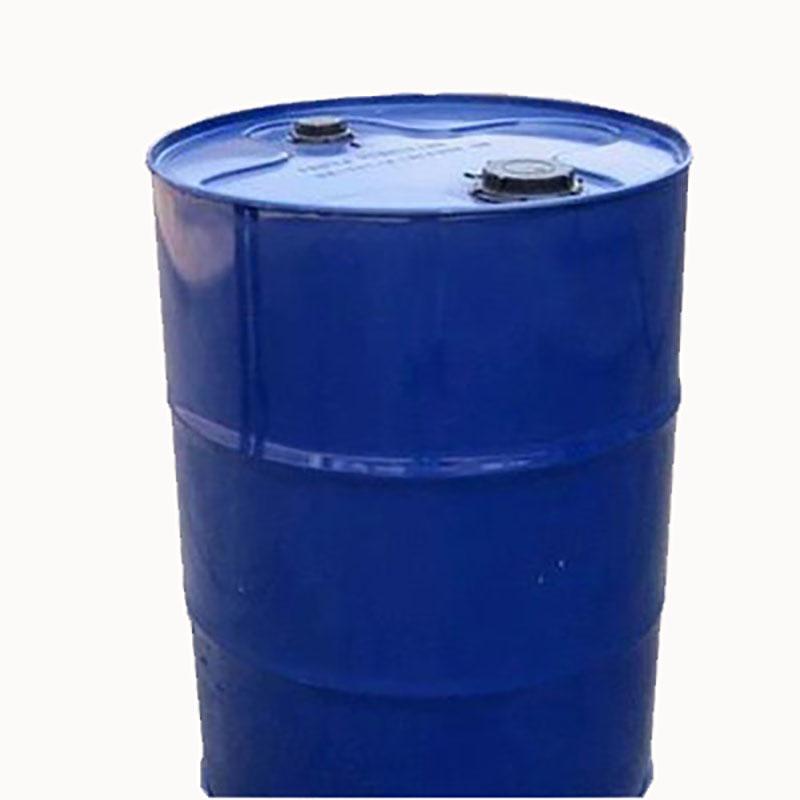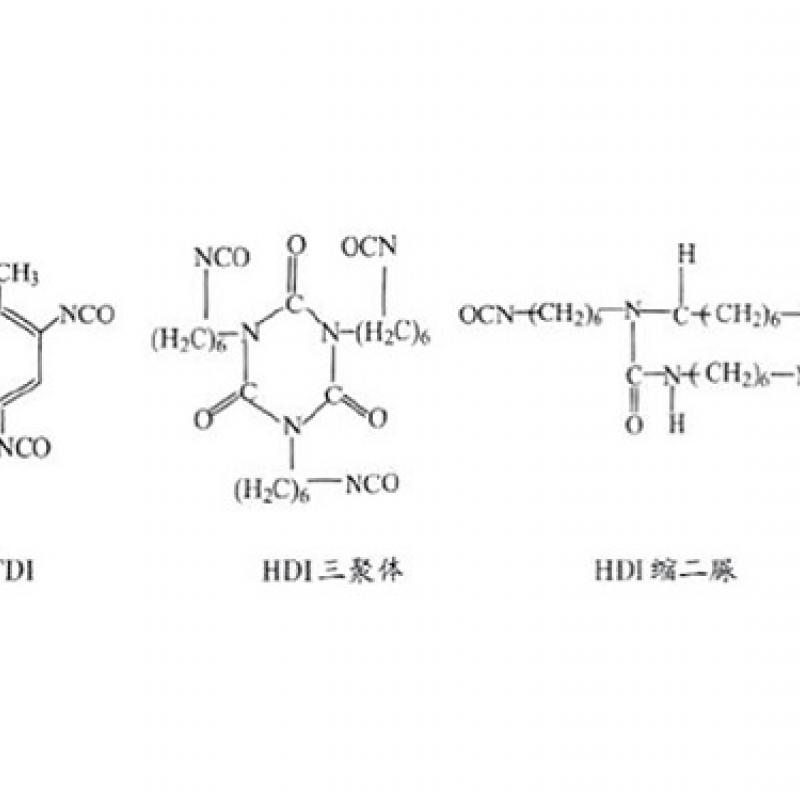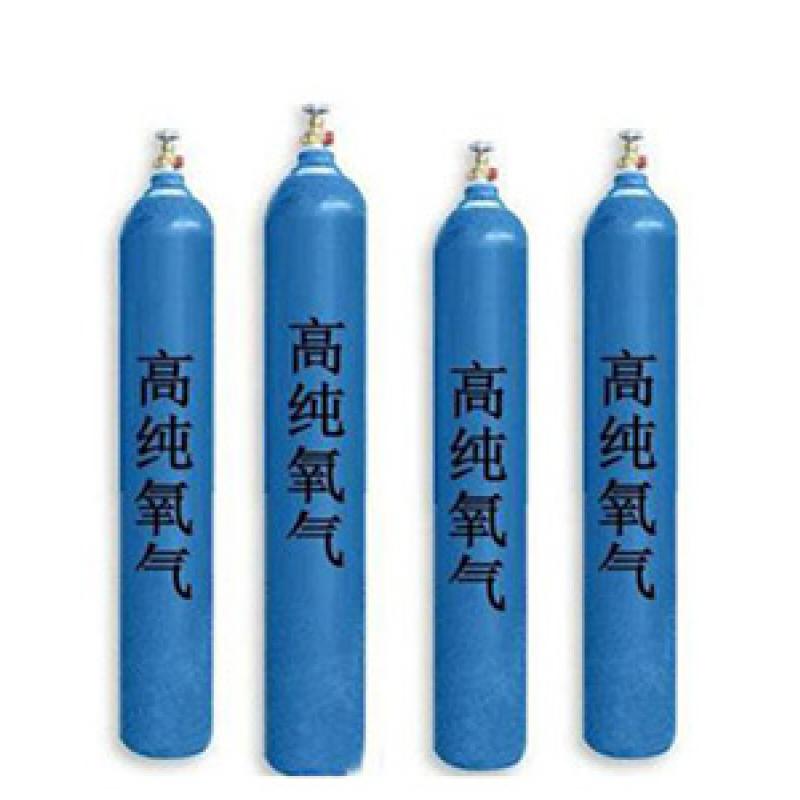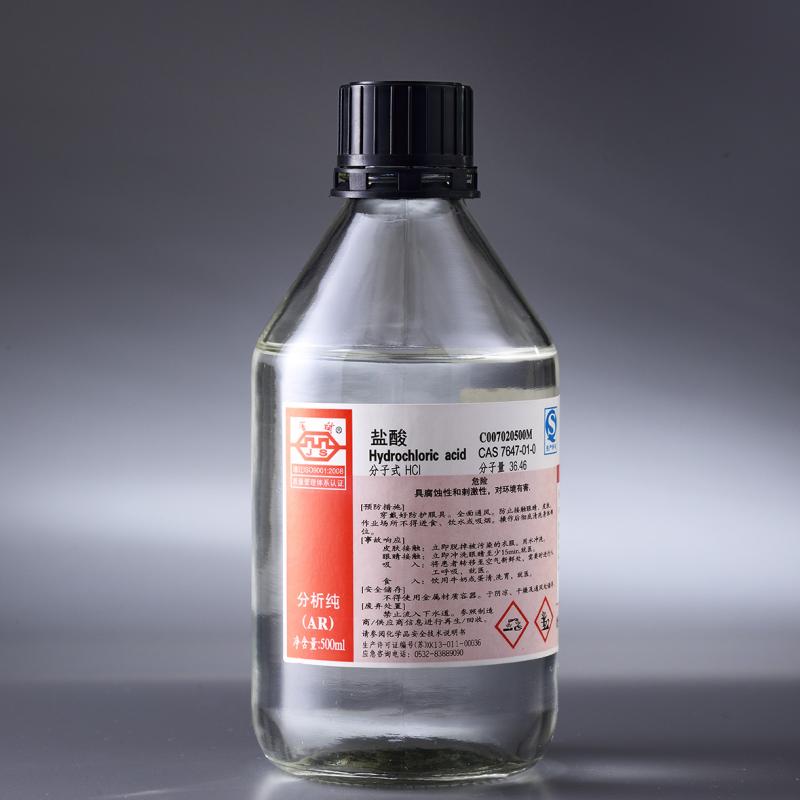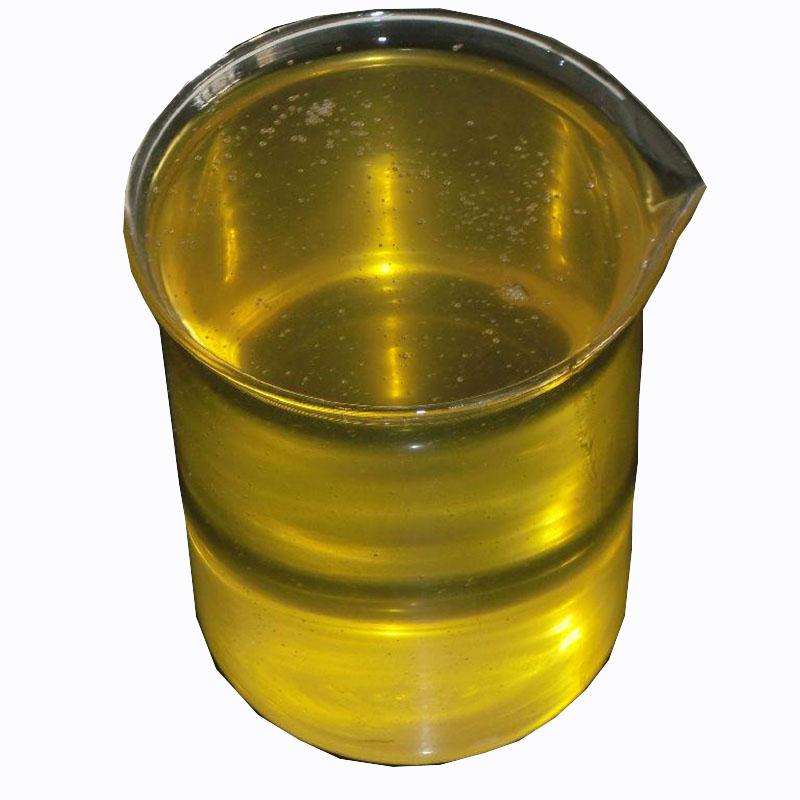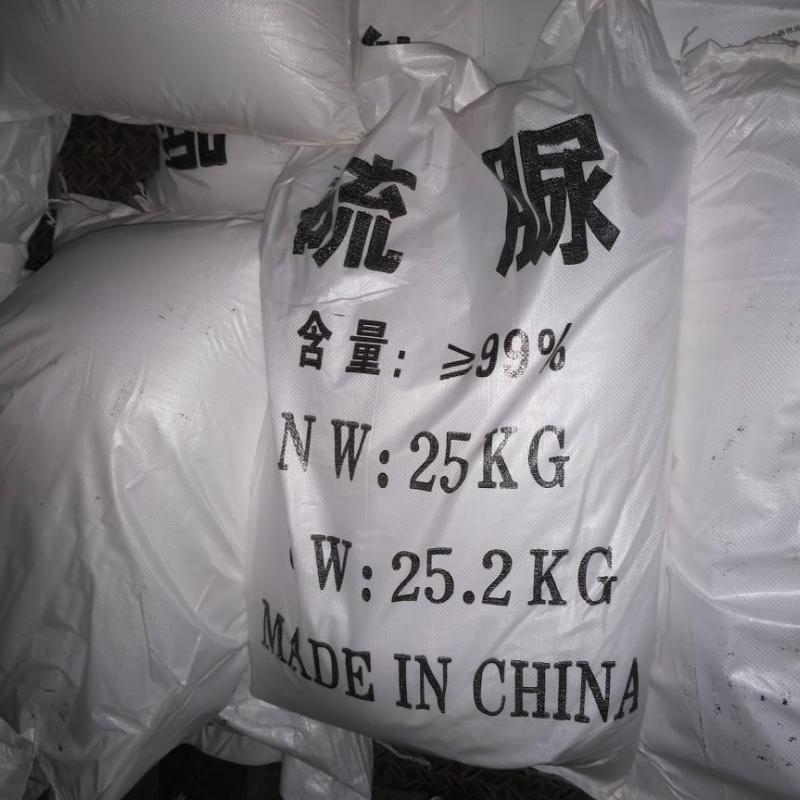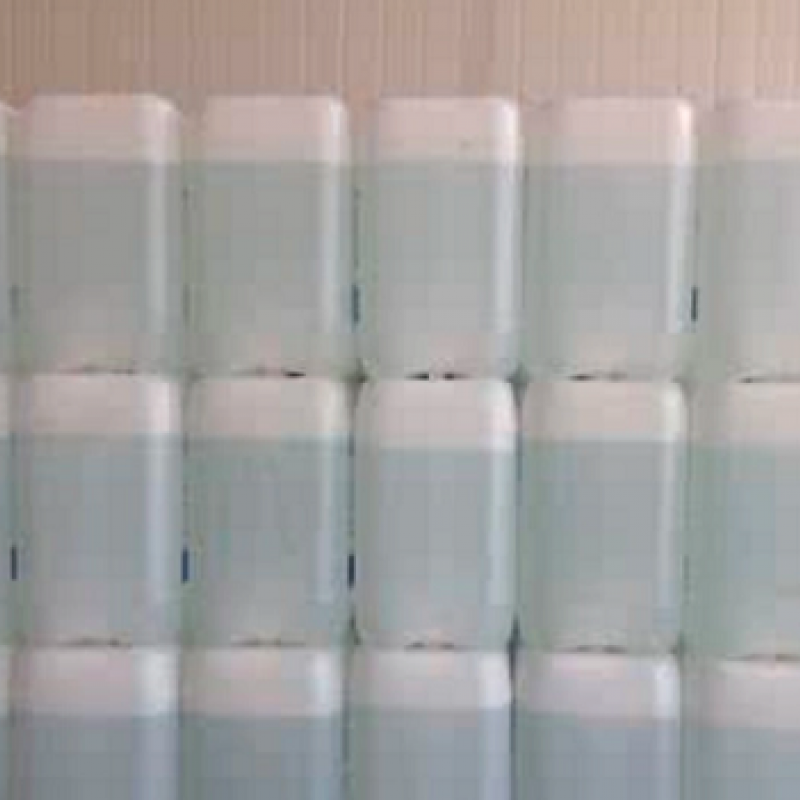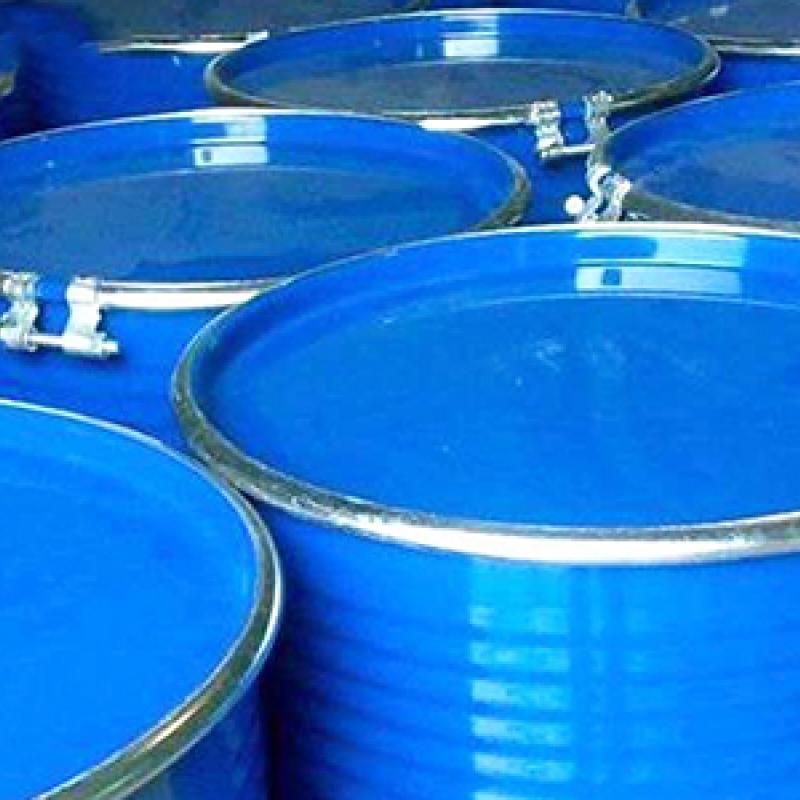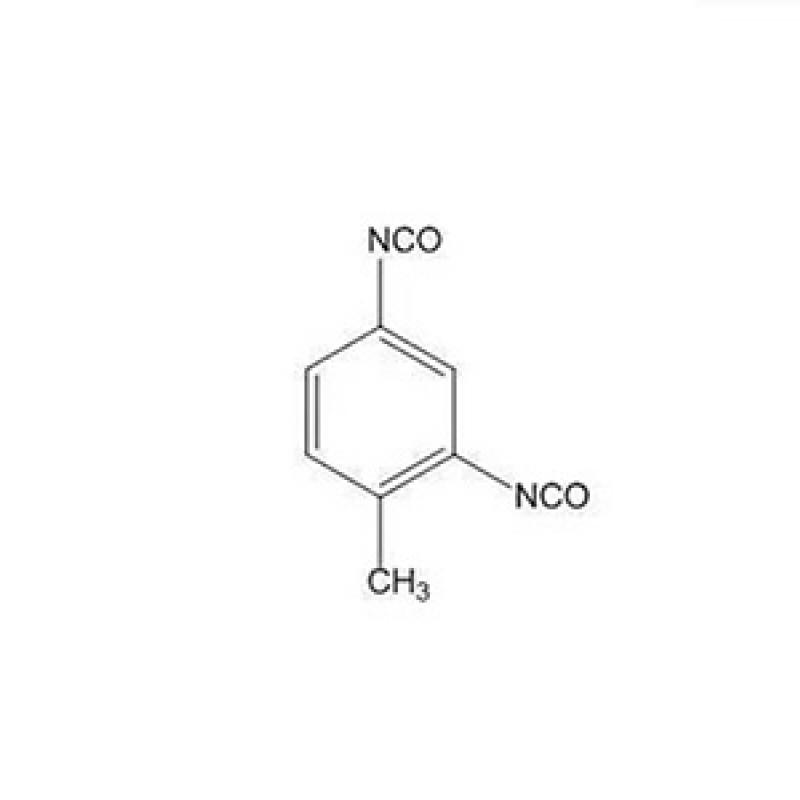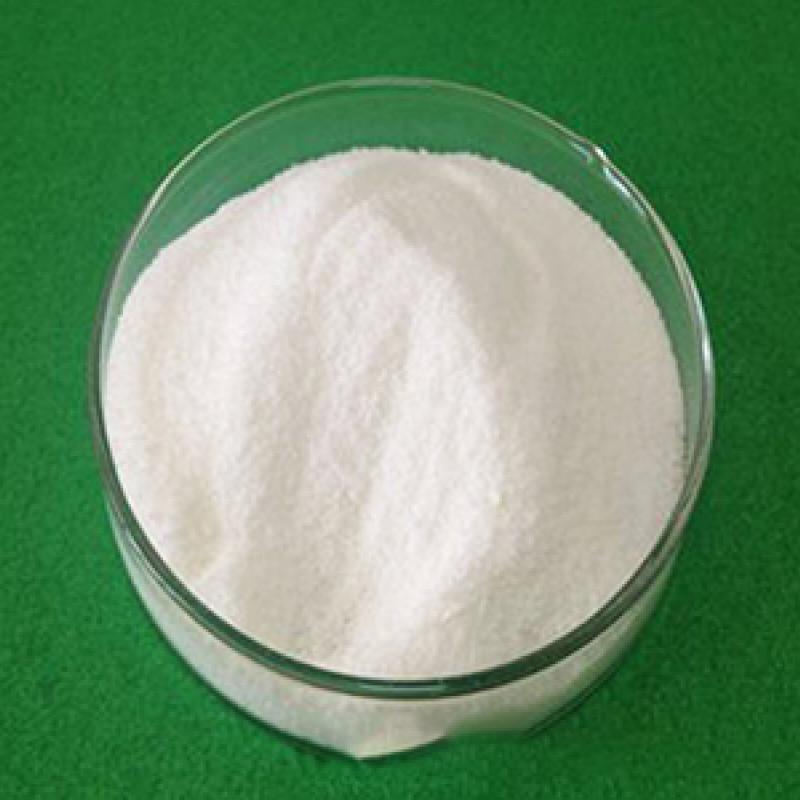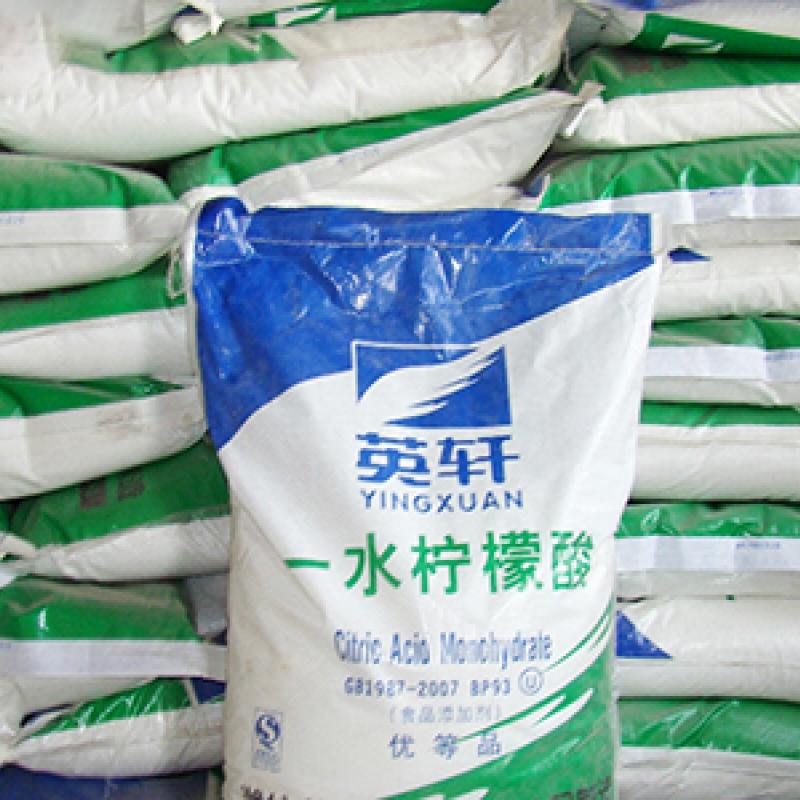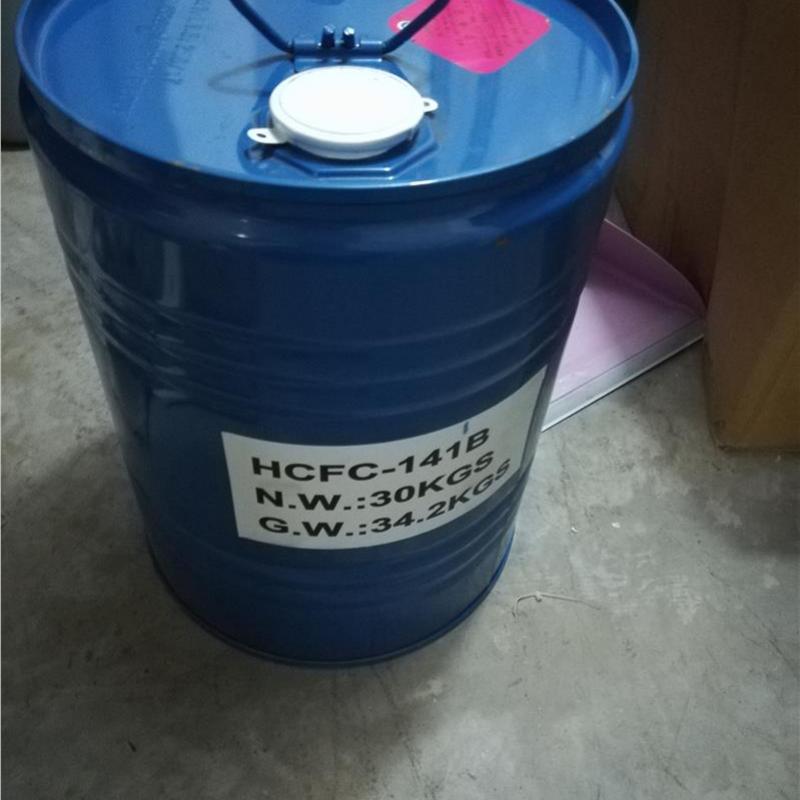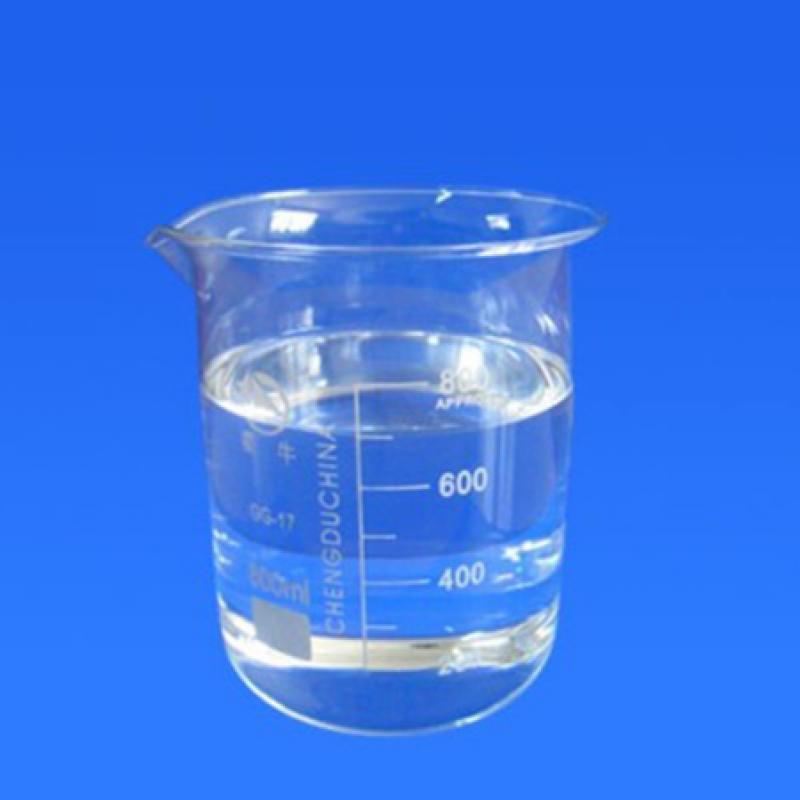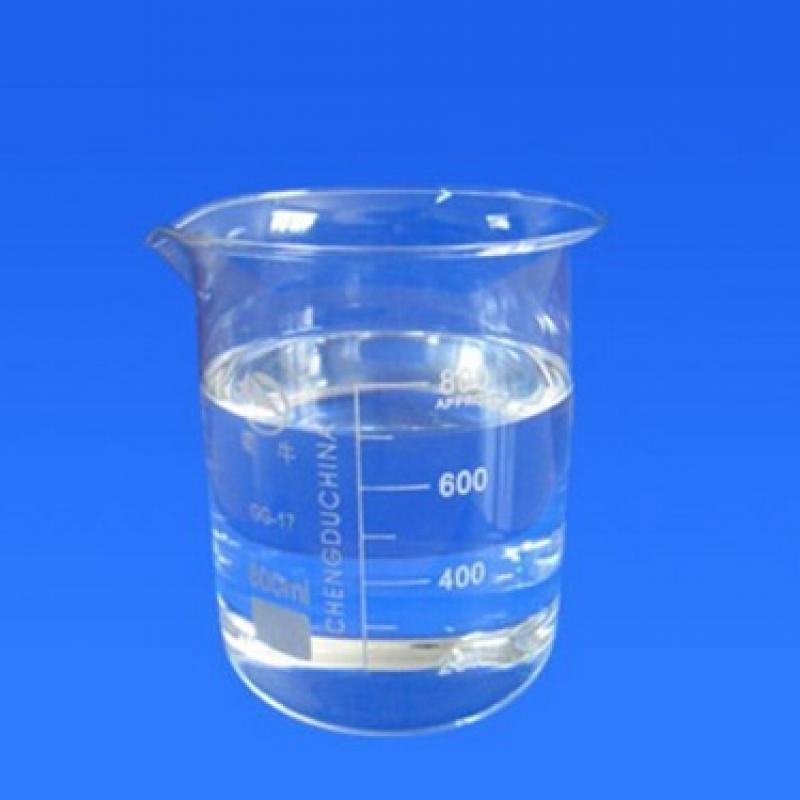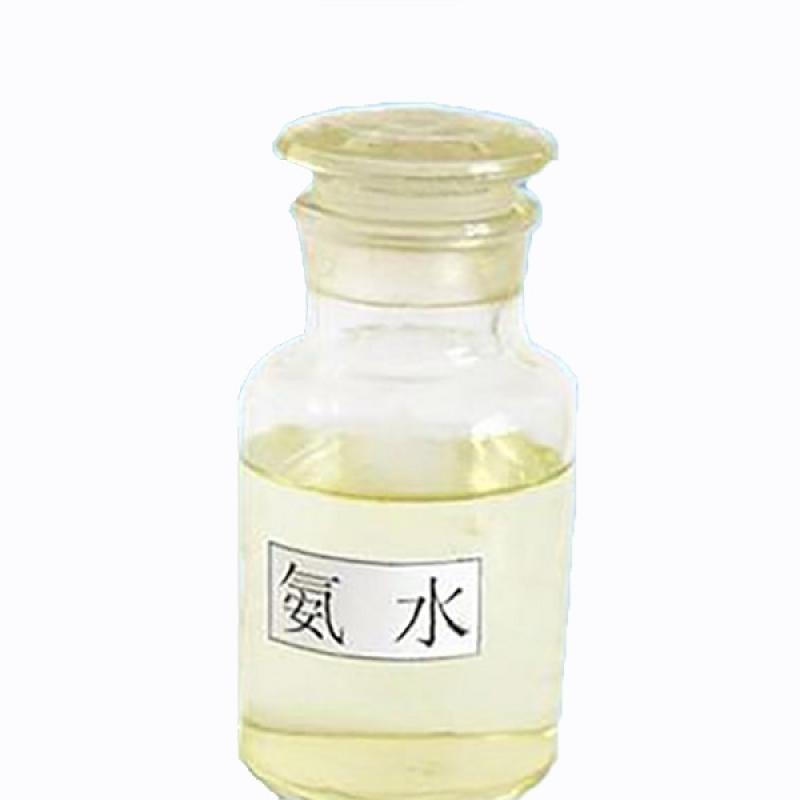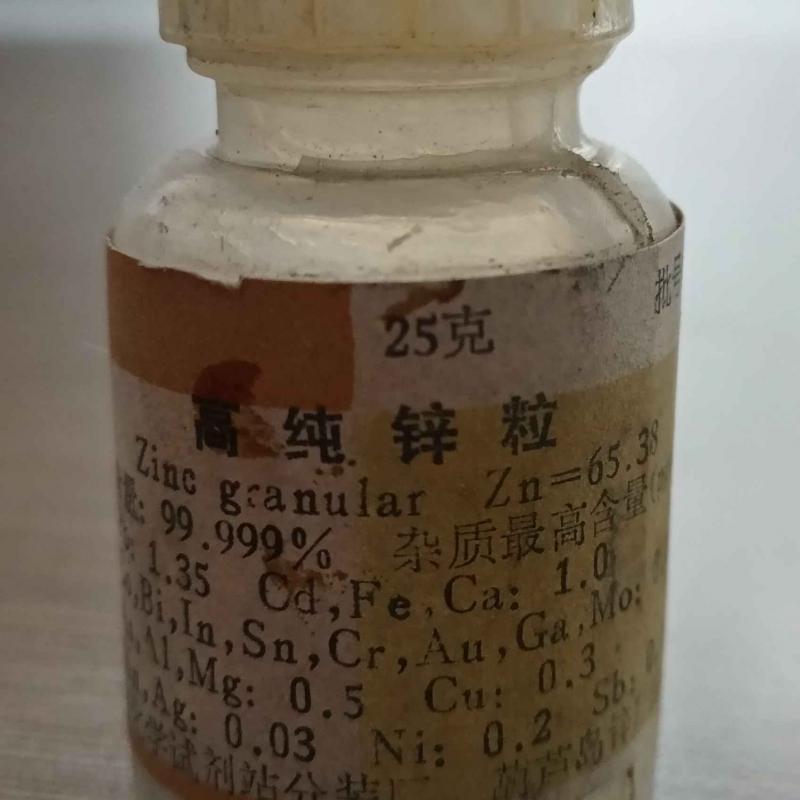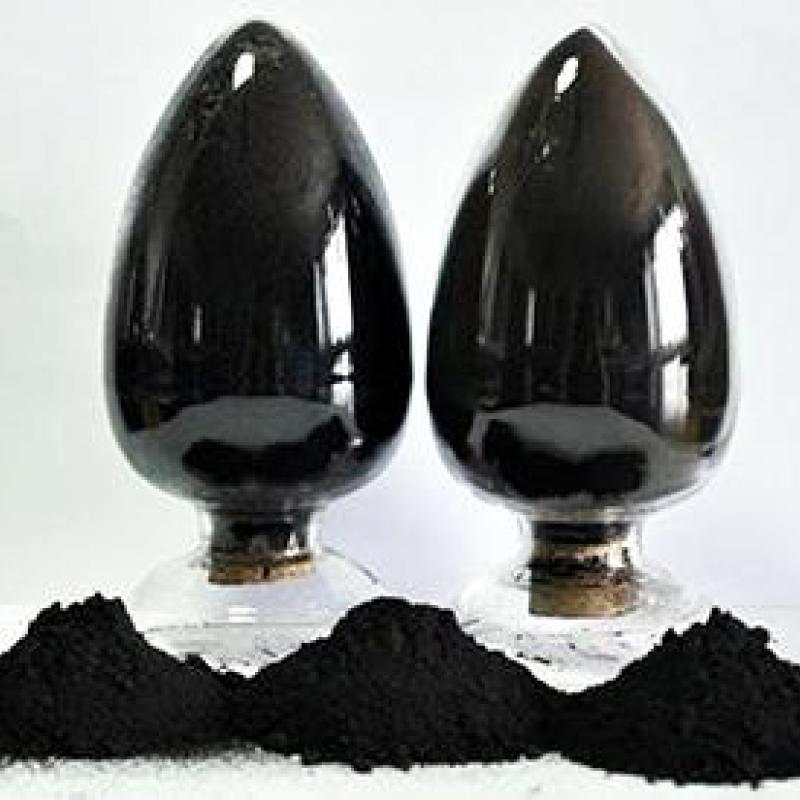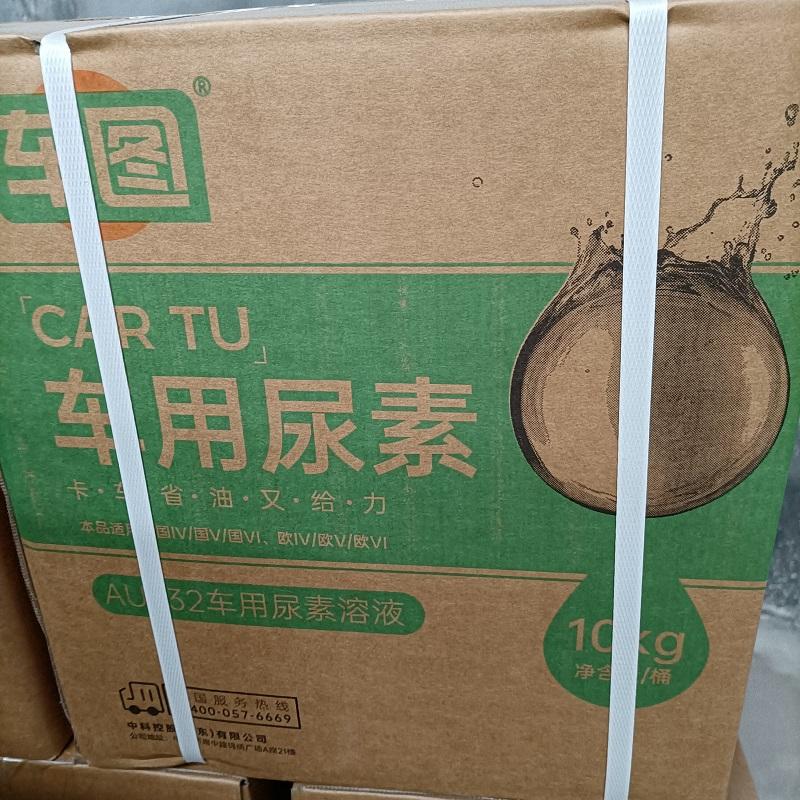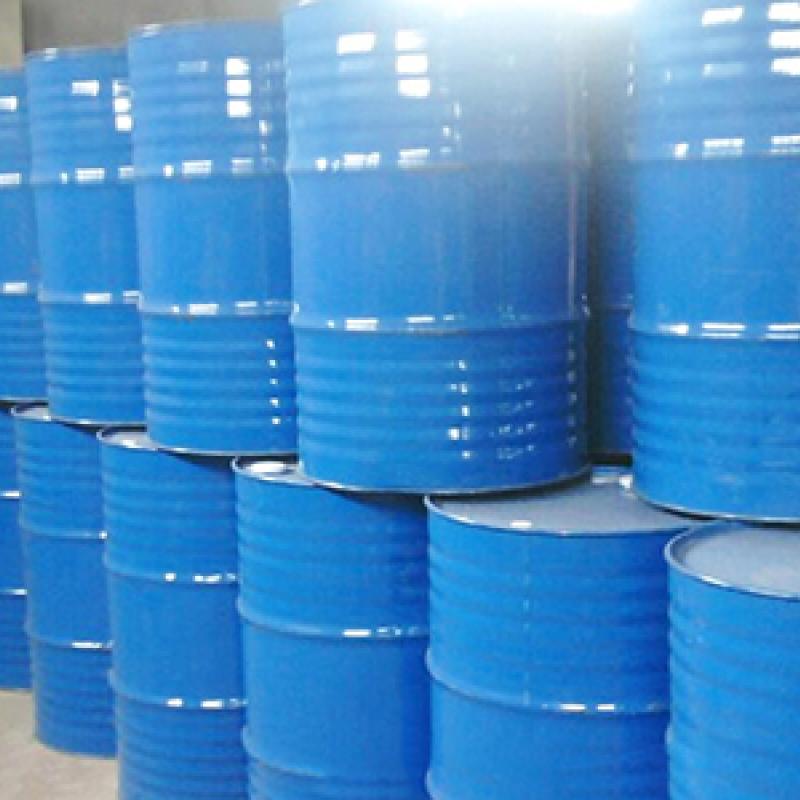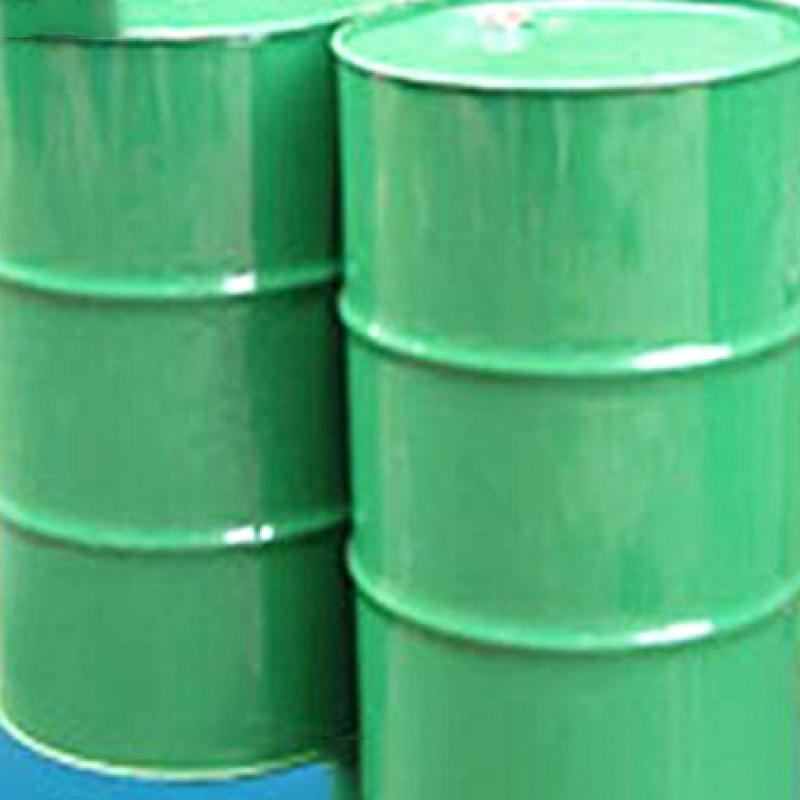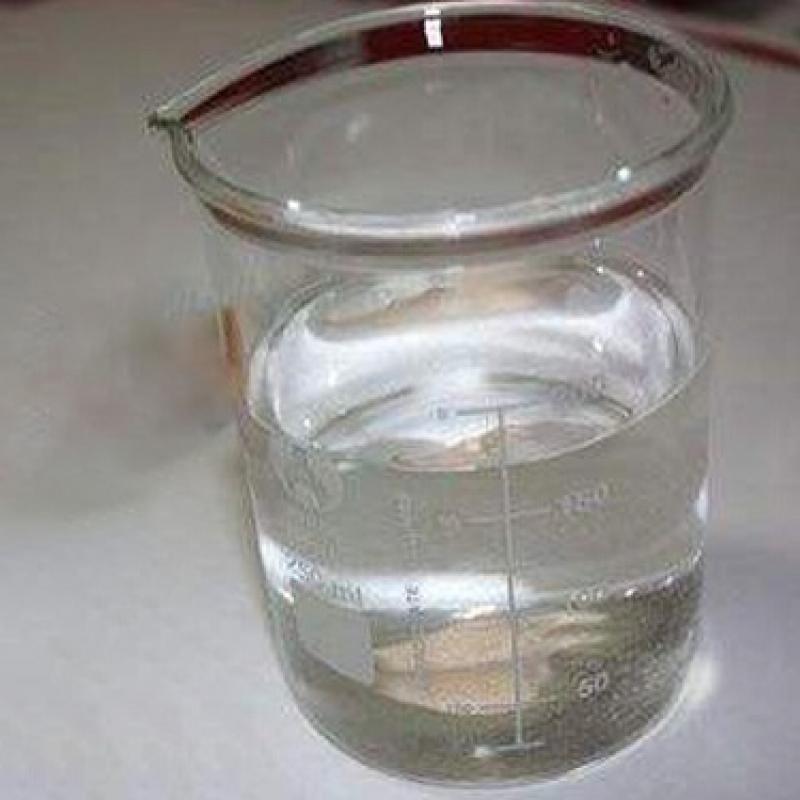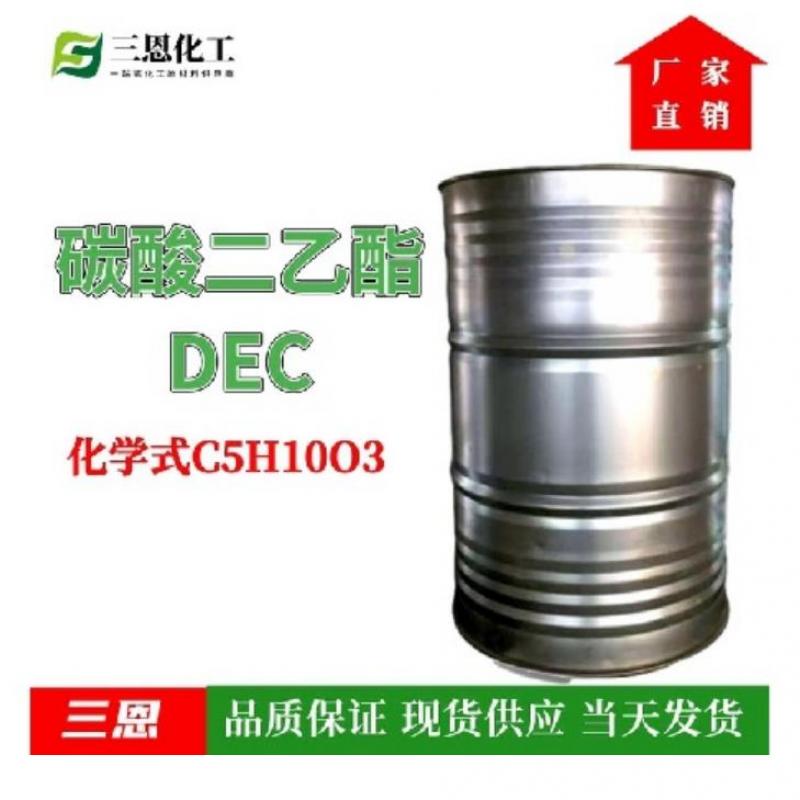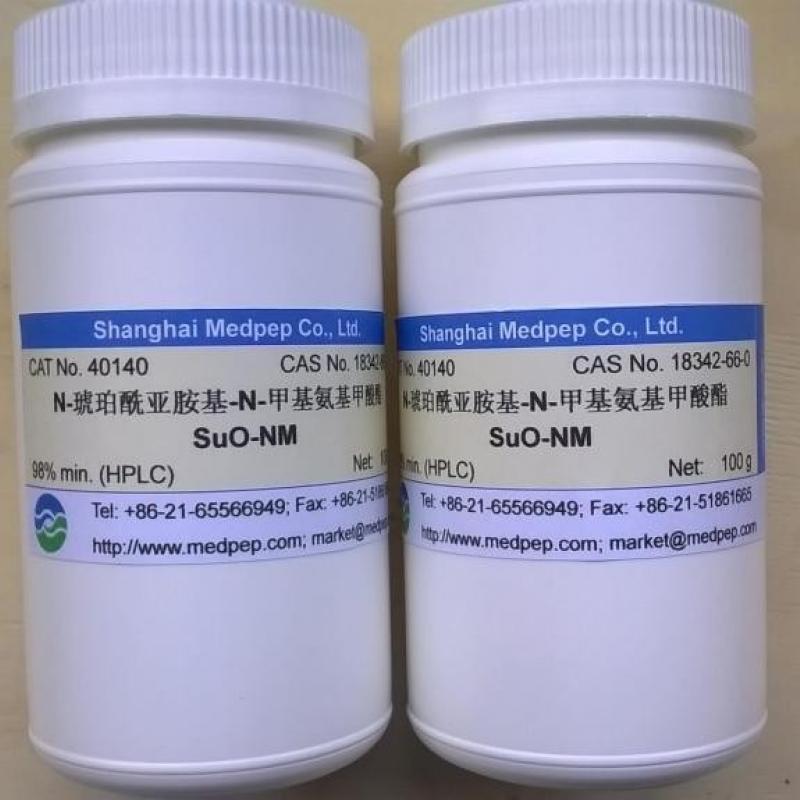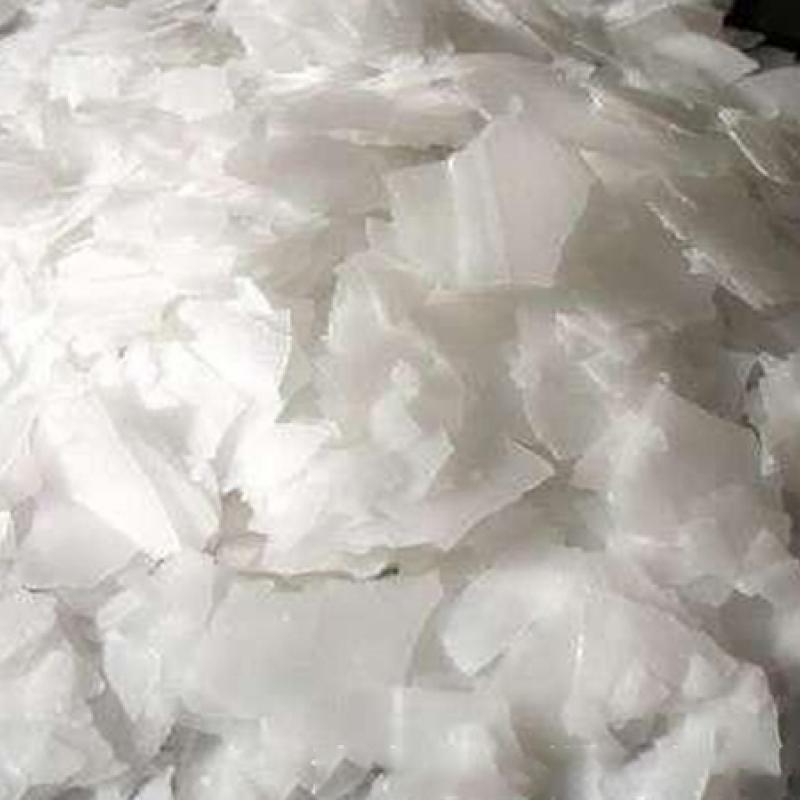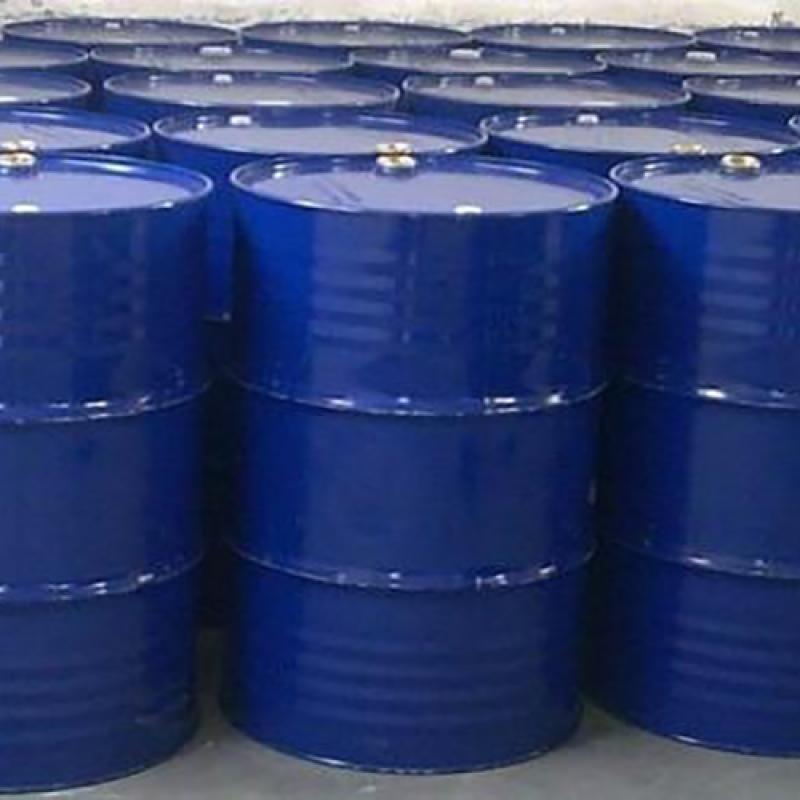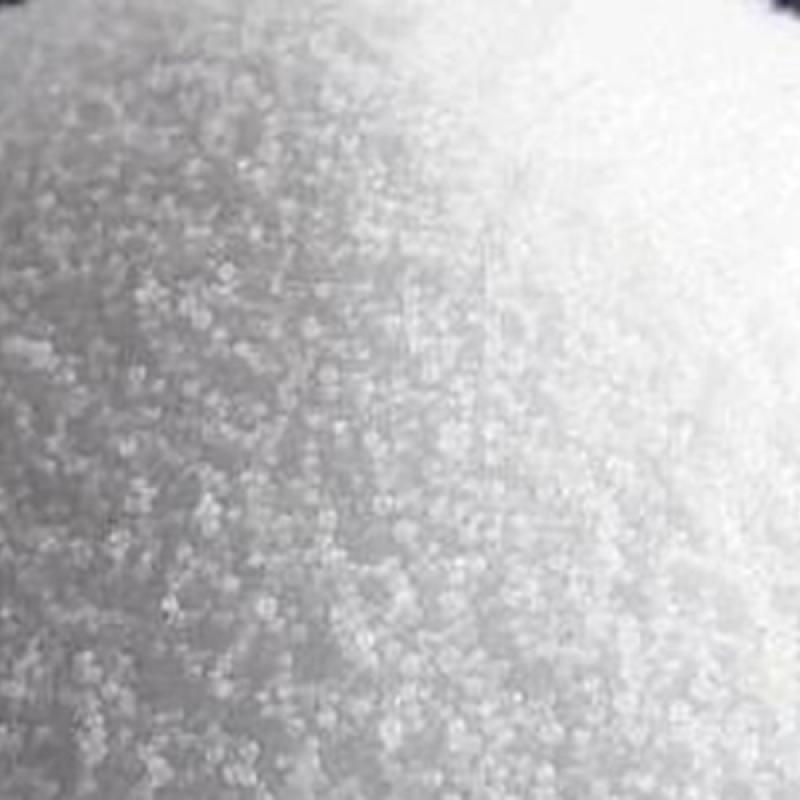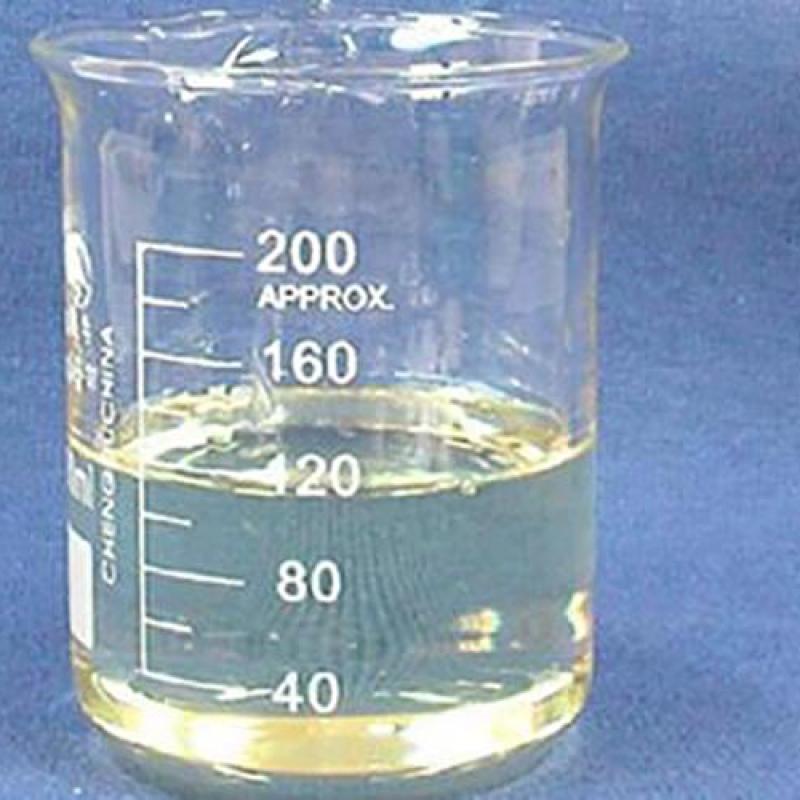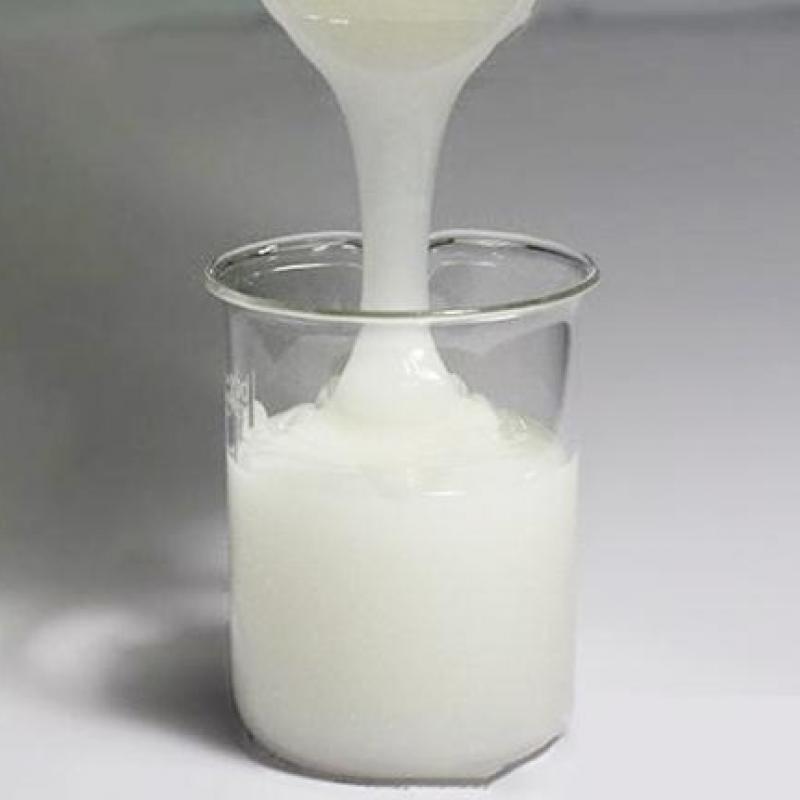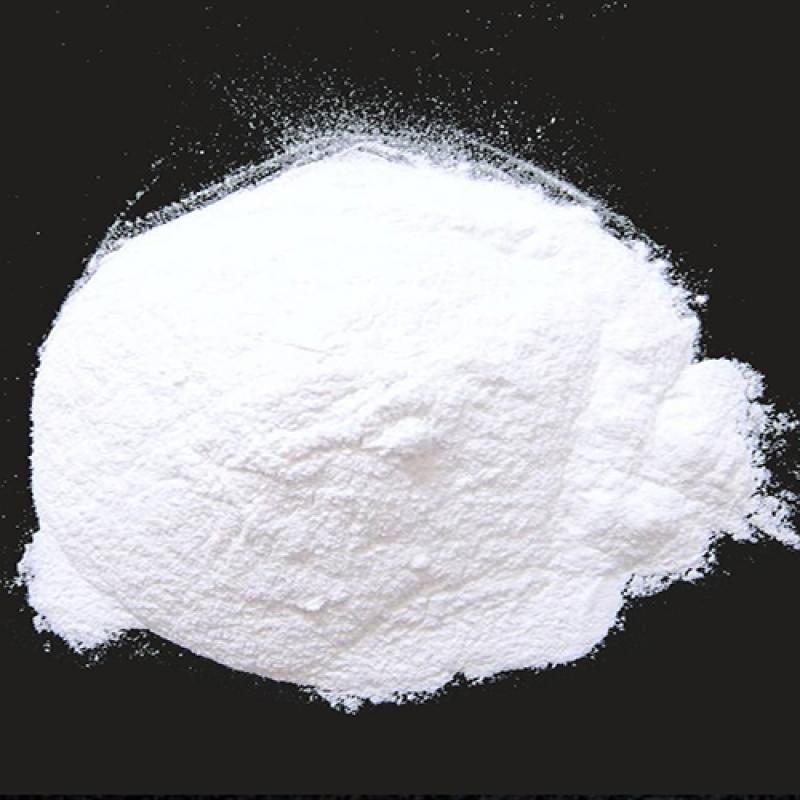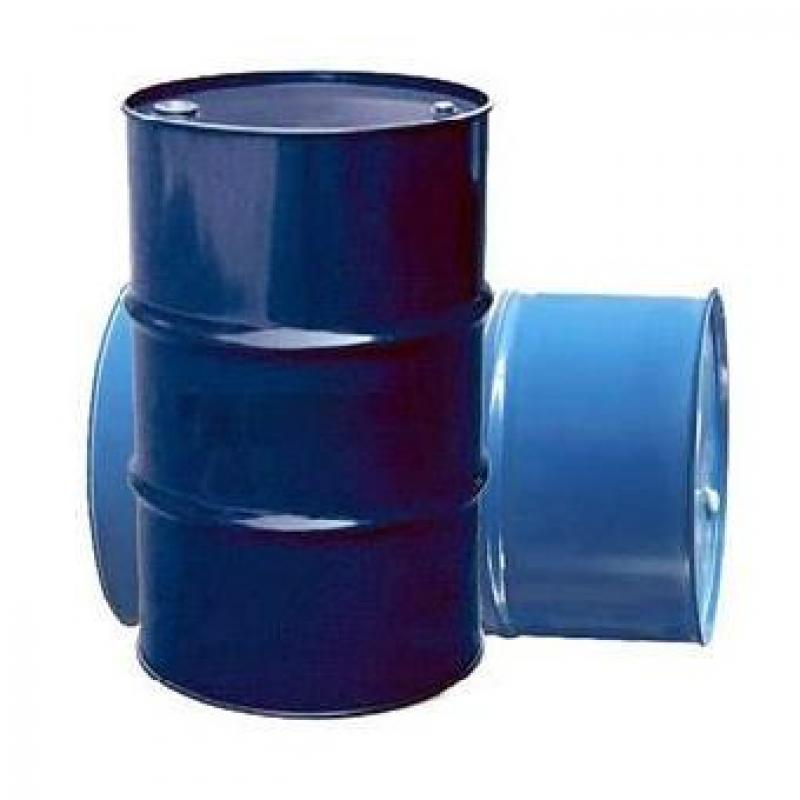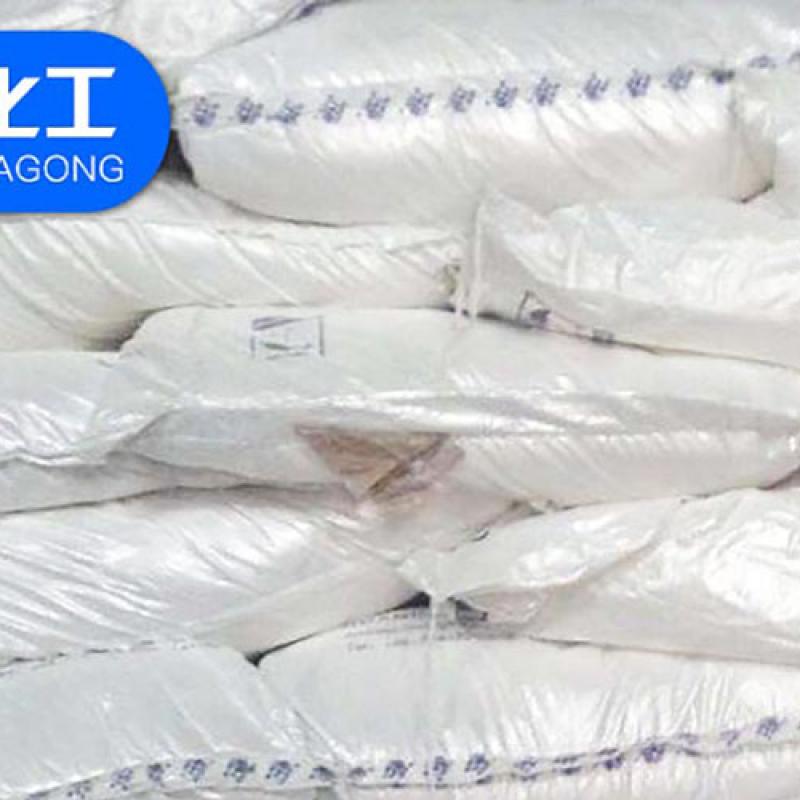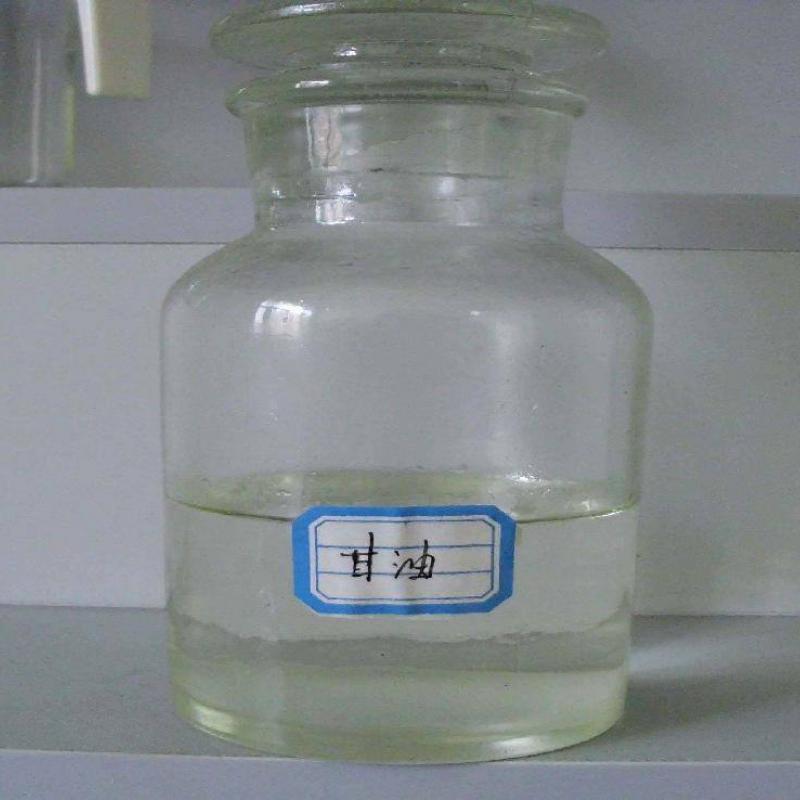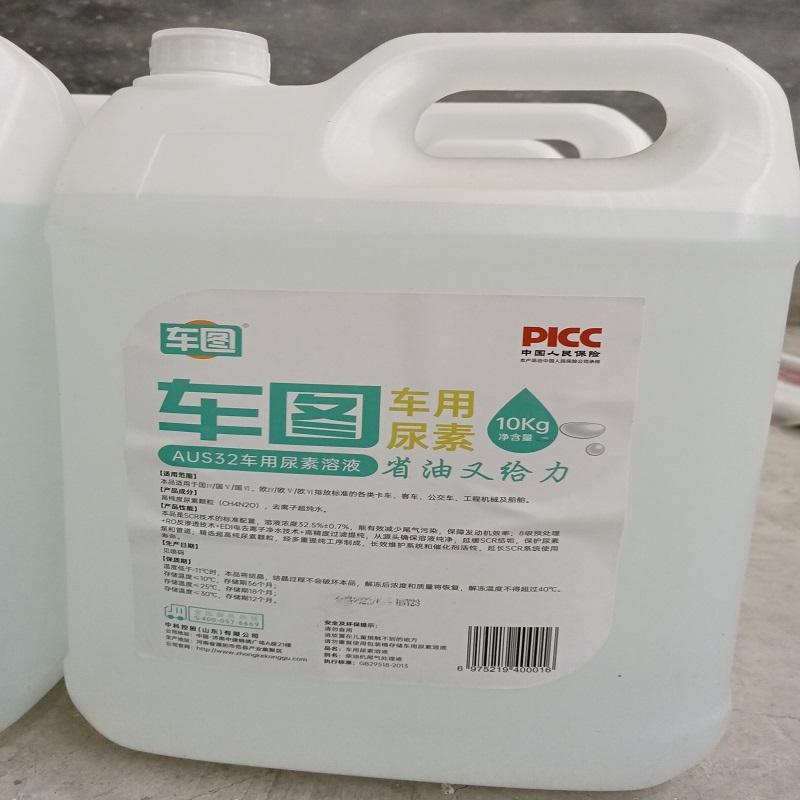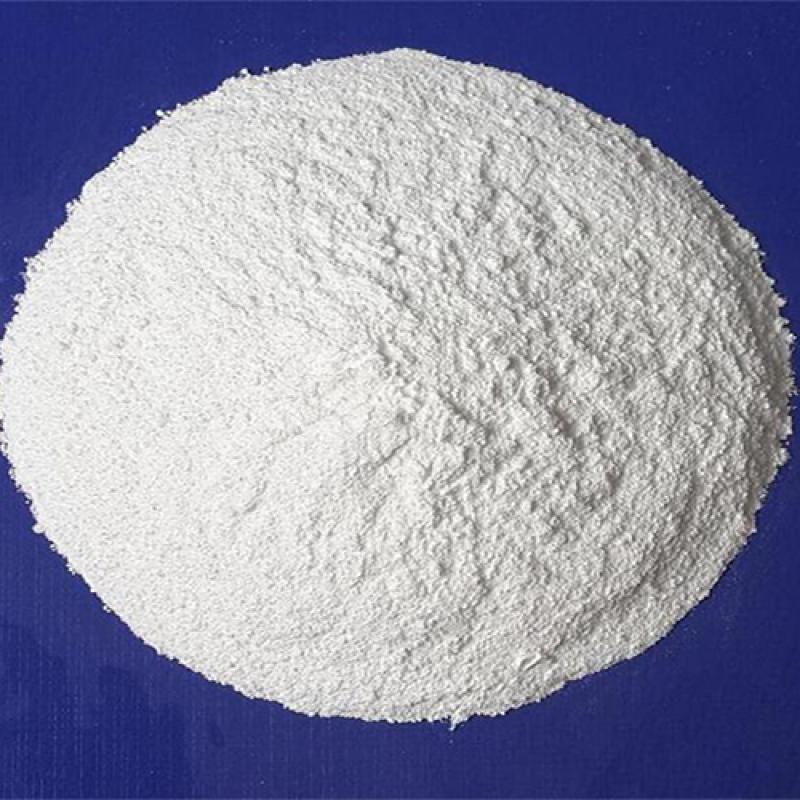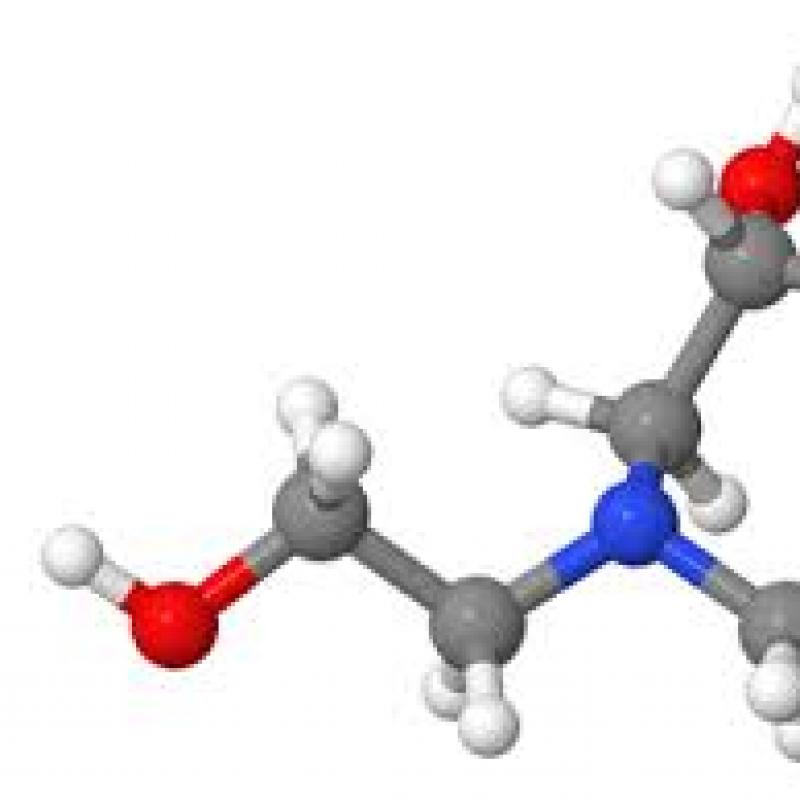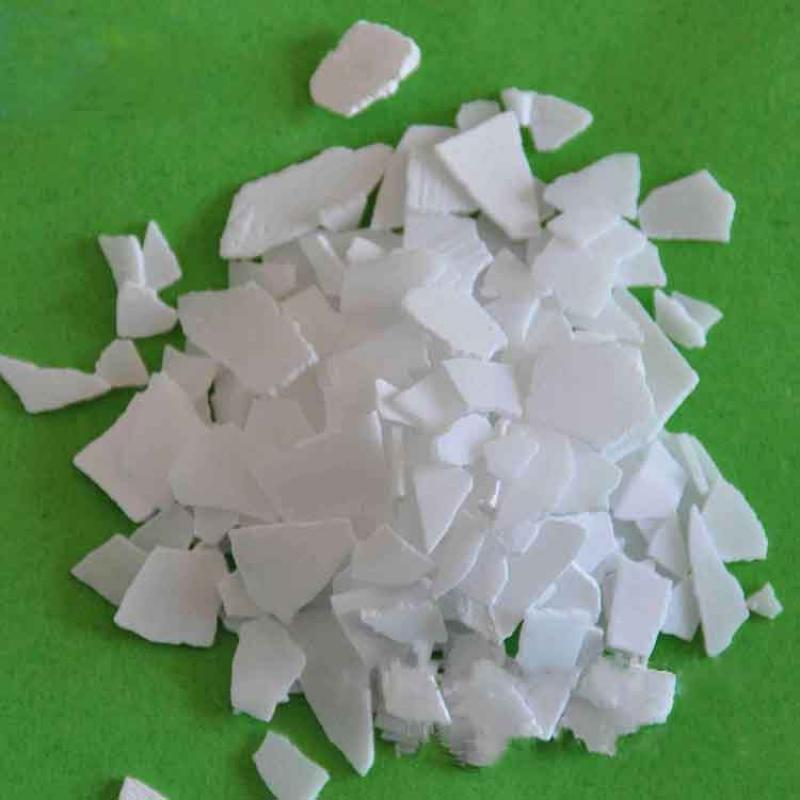TDI-manufacture,factory,supplier from China
(Total 24 Products for TDI)
The toluene diisocyanate has 2,4-toluene diisocyanates and 2,6-toluene diisocyanate (TDI).
Contact Now
There are two isomers of 2,4-toluene diisocyanate and 2,6-toluene diisocyanate (TDI). According to the content of the two isomers, there are three standard products in the industry: (1) TDI-65 contains 2,4-TDI65%, 2,6-TDI35%; (2) TDI-80 contains 2,4- TDI80%, 2,6-TDI20%, more common; (3) TDI-100 contains 2,4-TDI100%. Carbon dioxide occurs with water effect. Easy to work with compounds containing active hydrogen atoms. Linear polyurethane or polyurethane resin with diol effect.
Contact Now
It uses oxygen with a purity of 93.5%-99.2% and combustible gas (such as acetylene) to produce a flame of extremely high temperature, thereby melting the metal. The metallurgical process cannot do without oxygen. In order to strengthen the production of nitric acid and sulfuric acid, oxygen is also required. Instead of using air, a mixture of oxygen and water vapor is blown into the coal gasifier to obtain coal gas with high calorific value.
Contact Now
Ricia oil contains a lot of ricic acid (more than 80%), so many unique properties.
Contact Now
Sulfur, white and shiny crystal compounds. The taste is bitter, density is 1.405, and the melting point is 180 to 182 ° C. Decomposition when it is hotter, soluble in water, can be dissolved in ethanol when heating, and is slightly dissolved in ether. During the melting, heterogeneity is partialized to form ammonium thiocyanomylisocyanomylocyne. The raw materials used to make drugs, dyes, resins, and plastic powder, and are also used as a vulcanized promoter for rubber, flotal agents for metal minerals.
Contact Now
For diesel vehicles such as heavy trucks and passenger cars to meet the National IV emission standards, a suitable SCR system must be selected for exhaust gas treatment, and this system must use urea solution to treat nitrogen oxides in the exhaust gas. Therefore, urea solution for vehicles has become an essential product for heavy-duty trucks and passenger cars to meet the National IV emission standards.
Contact Now
Appearance: watery bright liquid with pleasant ketone-like fragrance.Main uses: Used as a solvent for spray paint, nitrocellulose, some fiber ethers, camphor, grease, natural and synthetic rubber.Precautions for storage and transportation: Store in a cool and ventilated warehouse. Keep away from kindling and heat sources. The warehouse temperature should not exceed 30℃. Avoid direct sunlight. Keep the container sealed. It should be stored separately from oxidant. Lighting, ventilation and other equipment in the storage room should be explosion-proof.
Contact Now
Miscible with ether, diethylene glycol, acetone, carbon tetrachloride, benzene, chlorobenzene, kerosene and olive oil. It can react with hydroxyl-containing compounds, water, amines and compounds with active hydrogen atoms to generate carbamate, urea, semicarbazide, etc. Toluene is nitrated with mixed acid to obtain 2,4- and 2,6-dinitrotoluene, and then hydrogenated and reduced in the presence of nickel catalyst to obtain 2,4- and 2,6-diaminotoluene, which is then reacted with light in chlorobenzene solution. produced by gas reaction.
Contact Now
citric acid is without problems soluble in water and ethanol, its solubility is 59% at 20℃, and the ph of its 2% aqueous solution is 2.1.
Contact Now
its density is 1.542g/cm3, its melting point is 153-159℃, and water and carbon dioxide are differentiated and launched above a hundred seventy five℃. citric acid is without problems soluble in water and ethanol, its solubility is 59% at 20℃, and the ph of its 2% aqueous solution is 2.1.
Contact Now
HCFC-141b (monofluorodichloroethane) is a high-purity liquid widely used in cleaning and solvent fields.
Contact Now
Melting point -70°C boiling point: 135.1°C solubility can be miscible with water and most organic solvents such as ethanol
Density (D4) 0.925-0.935
The relative density (water=1) is 0.94; the relative density (air=1) 3.10 is stable
Danger marks 7 (flammable liquid) and 14 (including drugs) are mainly used as solvents, as well as leather colorants, emulsifiers, stabilizers, paint thinners, paint removers, etc.
Contact Now
Appearance and properties: colorless liquid, almost odorless
Molecular weight 90.12 Vapor pressure 0.51 kPa/20℃ Flash point: 43℃
Melting point -70°C boiling point: 135.1°C solubility can be miscible with water and most organic solvents such as ethanol
Density (D4) 0.925-0.935
Contact Now
Only a small part of ammonia molecules react with water to form ammonia monohydrate, which is a weak base that only exists in ammonia.
Contact Now
Molecular weight: 65.39
Grade: 5N
MDL number: MFCD00011291
EC number: 231-175-3
Contact Now
Car urea is an essential product for heavy-duty diesel vehicles to meet the National IV emission standards. Vehicle urea refers to an aqueous urea solution with a urea concentration of 32.5% and ultrapure water as the solvent. The raw materials are urea crystals and ultrapure water. For diesel vehicles such as heavy trucks and passenger cars to meet the National IV emission standards, a suitable SCR system must be selected for exhaust gas treatment, and this system must use urea solution to treat nitrogen oxides in the exhaust gas.
Contact Now
insoluble in benzene, chloroform, carbon tetrachloride, carbon disulfide, petroleum ether and oils, it's miles the skeleton factor of triglyceride molecules.
Contact Now
Physical nature
Colorless concierge fluids have a fierce scent. Insoluble in water, dissolved in ethanol and ether.
Benzyl alcohol, paf alcohol, 2-chloroethanol, ethylene glycol, furfural, dimethylformamide and acetonitrile were dissolved at room temperature. No corrosive metal.
Contact Now
Colorless tasteless oily liquid, boiling point 343 ° C (0.101 MP), flash point (open cup) 204 ° C, freezing point -80 ° C, volatile rate 0.00009 g / cm, hour (105 ° C), hydrolysis rate 0.1% (100) ° C, 6 hours), soluble in most organic solvents. Resin compatible with polyvinyl chloride, polystyrene, vinyl chloride-vinyl acetate copolymer, nitrocellulose, ethylcellulose, polyvinyl butyal butyal. It is compatible with cellulose acetate and phrochloride cellulose.
Contact Now
Amino -alumanate pesticide is a synthetic pesticide developed after organic phosphate. Its general formula is RO (C) NRR. Amino -aminate pesticides generally have no special odor, stable in acidic environments, alkali decomposition, and most varieties are lower toxicate than organic phosphate
Contact Now
Potassium hydroxide is strongly alkaline and corrosive, and its properties are similar to sodium hydroxide, which can cause burns. It can absorb water and dissolve in the air, and absorb carbon dioxide to gradually become potassium carbonate. The pH of the 0.1 mol/L solution is 13.5.
Contact Now
Relate News
TDI is the abbreviation of toluene diisocyanate. TDI is a polycyanate widely used in industrial production. It is a polyurethane material and an important basic material. Mainly used to make flexible polyurethane foam, polyurethane elastomer, coatings, adhesives, etc.
TDI (toluene diisocyanate) is one of the commonly used polyisocyanate, and polyisocyanate is an important base material of polyurethane (PU). The TDI commonly used in the polyurethane industry is a mixture of 2,4-TDI and 2,6-TDI isomers, including three commonly used grades.
Hydrogen peroxide, also known as peroxide, is a low-toxic substance, but if used improperly, it can still cause harm to the human body. Next, I will introduce you to the use of hydrogen peroxide and its hazards.
Hydroxypropyl toluene cellulose is a commonly used building material additive, which is widely used in industry and has a wide variety of types.
Meta-xylene is an organic compound with a molecular formula of C8H10 and a molecular weight of 106. It is a colorless and transparent liquid with an odor similar to toluene. It is insoluble in water, but miscible in most organic solvents such as ethanol, ether and chloroform. Used as solvent, medicine, dye intermediate, perfume, etc.
The principle of photocatalysis is based on the oxidation-discount capacity of photocatalysts beneath mild conditions, which can reap the purpose of purification of pollution, cloth synthesis and transformation. usually, the photocatalytic oxidation response makes use of a semiconductor as a catalyst and mild as an power source to degrade organic rely into carbon dioxide and water.
Glycerol (also known as glycerol) is an organic substance that is colorless, odorless, sweet in taste, and has a clear, viscous appearance. It is miscible with any proportion of water, alcohol, amine and phenol, and the aqueous solution is neutral. Glycerin is a polyhydric alcohol humectant, and the hydroxyl groups form hydrogen bonds with water molecules in the molecular structure, which plays a good role in absorbing water and locking water. Glycerin has a wide range of uses, with more than 1,700 uses currently in use in food and industry.
Car urea is an essential product for heavy-duty diesel vehicles to meet the National IV emission standards. Vehicle urea refers to an aqueous urea solution with a urea concentration of 32.5% and ultrapure water as the solvent. The raw materials are urea crystals and ultrapure water. For diesel vehicles such as heavy trucks and passenger cars to meet the National IV emission standards, a suitable SCR system must be selected for exhaust gas treatment, and this system must use urea solution to treat nitrogen oxides in the exhaust gas.
Generally speaking, the human body needs aerobic metabolism. Glucose can be converted into pyruvate, which generates energy through the tricarboxylic acid cycle, and pyruvate generates lactic acid. A small amount of lactic acid is produced during aerobic metabolism.

